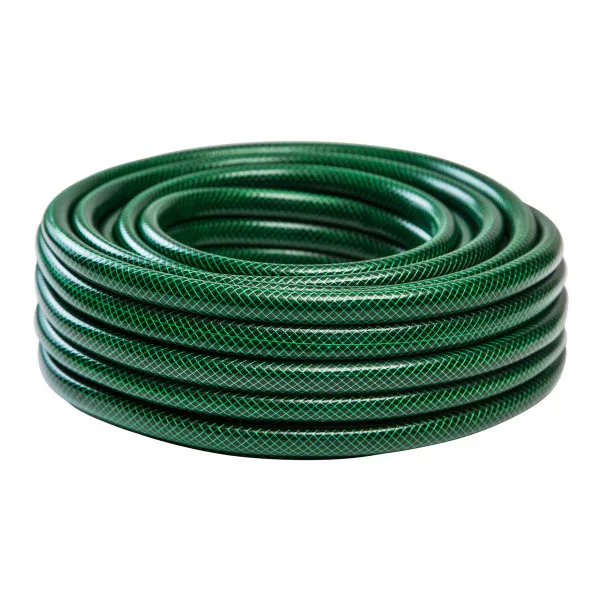Understanding the Importance and Applications of LPG Gas Flexible Hose in Modern Cooking Systems
The Importance of LPG Gas Flexible Hose in Modern Applications
Liquefied Petroleum Gas (LPG) is a widely used energy source around the world, powering everything from residential heating to commercial cooking. As versatile as it is, the safe and efficient transport of LPG requires durable and reliable equipment, among which the LPG gas flexible hose plays a crucial role. This article delves into the significance of LPG gas flexible hoses, examining their construction, benefits, and crucial application areas.
Construction and Materials
LPG gas flexible hoses are designed to withstand high pressure and fluctuations in temperature. Typically made from a combination of rubber and reinforced materials such as stainless steel or specially formulated plastics, these hoses are engineered to handle the rigorous demands of gas transfer. The outer layer generally provides protection from environmental factors, while the inner lining is specifically crafted to resist chemical erosion from LPG.
One of the main advantages of using flexible hoses lies in their structural integrity. Unlike rigid piping systems, flexible hoses can bend and adapt to different layouts and requirements without risking leaks or ruptures. This flexibility makes them ideal for both permanent installations and temporary setups.
Safety Features
Safety is paramount when dealing with LPG. The design of LPG gas flexible hoses incorporates several features aimed at preventing leaks and ensuring safe operation. Many hoses are equipped with safety valves and couplings that seal tightly to avoid gas escape. Regular inspections and adherence to maintenance protocols are essential, but the construction of these hoses minimizes the risks associated with wear and tear.
lpg gas flexible hose

Moreover, many flexible hoses are also manufactured with flame-resistant properties to ensure they can withstand accidental exposure to fire without compromising their integrity. This is particularly vital in commercial settings such as restaurants and gas stations, where the risk of ignition is higher.
Application Areas
LPG gas flexible hoses find applications in a variety of settings. One of the most common usages is in household gas systems, where they connect gas appliances like stoves, grills, and heating systems to the main gas supply. Their flexibility allows for easier installation, even in compact spaces, where traditional piping might be difficult to maneuver.
In commercial environments, LPG gas flexible hoses are equally important. They support cooking equipment in restaurants, outdoor facilities, and food trucks, where mobility is key. The ability to quickly connect and disconnect hoses makes it easier for businesses to adapt to changing needs, whether it’s for catering events or setting up temporary kitchens.
Another critical application of LPG gas flexible hoses is in industrial gas supply lines. Many manufacturing processes require a constant supply of gas for heating or powering machinery. The durability and reliability of flexible hoses make them suitable for these high-pressure and high-demand environments.
Conclusion
In conclusion, LPG gas flexible hoses are vital components in the safe and efficient transport of liquefied petroleum gas across multiple applications. Their construction and design not only facilitate ease of use and installation but also prioritize safety—a non-negotiable aspect when dealing with gas. As industries continue to evolve and rely on LPG for energy, the importance of employing high-quality flexible hoses will only increase. Whether in residential, commercial, or industrial settings, these hoses play an indispensable role in ensuring a seamless and secure energy supply system.
-
Welded Wire Mesh Panel: Durable, Versatile, and AffordableNewsJul.28,2025
-
Top Quality Oxy Acetylene Hoses for Sale Fit for Welding DemandsNewsJul.28,2025
-
The Future of Pneumatic Air Tubes in IndustryNewsJul.28,2025
-
Superior and Reliable LPG Hose Pipe Solutions for Every NeedNewsJul.28,2025
-
Exceptionally Durable and Versatile Premium Braided PVC TubingNewsJul.28,2025
-
Best Adapters for Connecting Garden Hose to PVC Pipe ConnectionsNewsJul.28,2025














